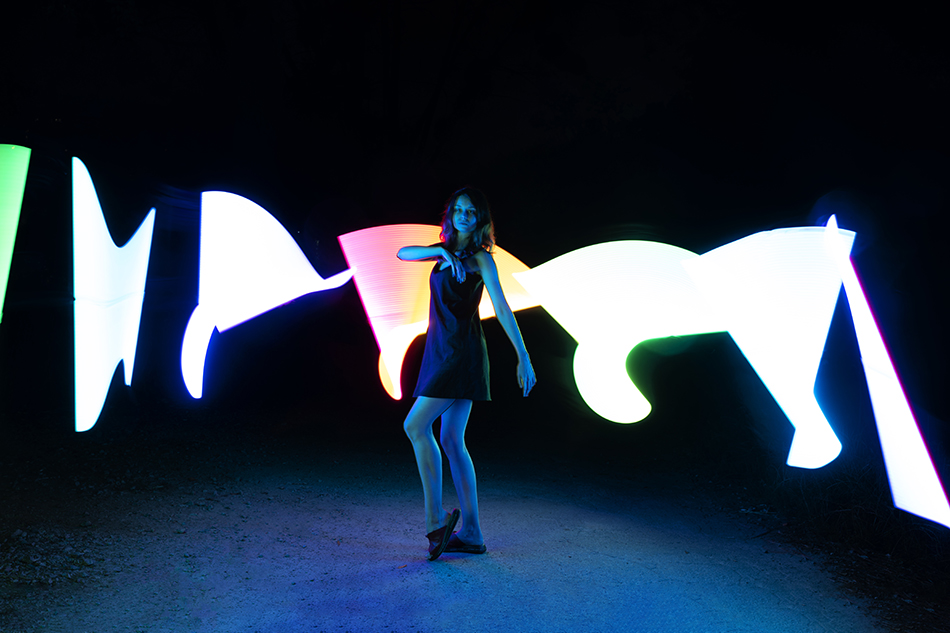Time:2025-05-26
The lighting industry is undergoing a transformative shift with the rise of LED flexible neon lights. These innovative systems blend the nostalgic appeal of traditional neon with modern technology, offering unparalleled adaptability, energy efficiency, and design freedom. This article explores how LED flexible neon is redefining residential, commercial, and artistic spaces while aligning with global sustainability goals.
Core Advantages of LED Flexible Neon Technology
LED flexible neon lights stand out due to their unique engineering and design benefits:
Bendable Durability: Encased in silicone or PVC, these lights contour to curves, angles, and intricate patterns without cracking, ideal for dynamic installations.
Energy Efficiency: Consuming a fraction of the power required by traditional neon, they reduce operational costs and carbon footprints.
Weather Resistance: Waterproof and UV-stable variants thrive in outdoor environments, from storefronts to landscape features.
Safety: Low-voltage operation eliminates risks associated with high-voltage glass neon, making them suitable for homes and public spaces.
Applications Transforming Spaces
Residential Design
Accent Lighting: Highlight architectural details like crown molding, staircases, or headboards with subtle, customizable glows.
Ambiance Creation: Use color-changing strips in living rooms or home theaters to match moods or activities.
Commercial Use
Retail Branding: Craft eye-catching logos, window displays, or seasonal promotions that adapt to marketing campaigns.
Hospitality Atmosphere: Enhance restaurants, bars, and hotels with inviting neon accents that reinforce brand identity.
Art and Public Installations
Interactive Art: Collaborate with artists to create neon sculptures or murals that respond to touch, sound, or motion.
Urban Revitalization: Illuminate parks, bridges, or pathways with durable, vandal-resistant designs that boost community engagement.

Design Trends Driving Adoption
Minimalist Aesthetics: Thin-profile neon strips integrated into modern interiors for understated elegance.
Biophilic Integration: Pairing neon with natural materials like wood, stone, or greenery to balance tech and nature.
Smart Home Compatibility: Voice and app-controlled systems enabling dynamic color shifts, scheduling, and automation.
Retro-Futurism: Merging vintage neon aesthetics with holographic or metallic finishes for nostalgic yet contemporary designs.
Sustainability and Eco-Conscious Innovation
LED flexible neon lights align with green initiatives through:
Longevity: Extended lifespans reduce waste from frequent replacements.
Recyclable Materials: Silicone and PVC variants designed for disassembly and material recovery.
Solar Integration: Off-grid systems powered by renewable energy for eco-sensitive projects.
Brands adopting these solutions not only cut costs but also appeal to environmentally conscious consumers.
Installation and Maintenance Best Practices
Surface Preparation: Clean and dry mounting areas to ensure adhesives bond effectively.
Modular Planning: Design layouts in segments for easy adjustments or expansions.
Routine Care: Wipe surfaces with non-abrasive cleaners to maintain brightness; inspect connections periodically.
Professional Collaboration: Partner with suppliers offering design templates and technical support for complex projects.
Overcoming Industry Challenges
Color Consistency: Source lights from reputable manufacturers to ensure uniformity in large installations.
Regulatory Compliance: Adhere to local lighting codes regarding brightness, colors, and placement.
Budget Balancing: Prioritize quality over cost to avoid premature failures, leveraging long-term energy savings.
Future Innovations in LED Neon Technology
Self-Healing Coatings: Materials that repair minor scratches or abrasions autonomously.
AI-Driven Customization: Systems that generate lighting designs based on user preferences or spatial data.
Holographic Hybrids: Combining physical neon with projected 3D imagery for immersive experiences.
Conclusion
LED flexible neon lights are redefining the boundaries of modern illumination, offering a sustainable, versatile alternative to traditional lighting. Their ability to adapt to any design vision—whether for a cozy home, a bustling retail space, or a cutting-edge art installation—makes them indispensable in today’s design landscape.
By embracing these systems, businesses and designers can future-proof their projects while contributing to a greener, more visually engaging world. Partner with innovators who prioritize quality and sustainability to unlock the full potential of LED flexible neon.